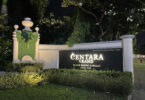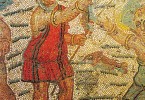 This sport is considered to be very national, and maybe that is the reason why it is so hard to understand and feel for the non-spaniards. Bullfighting has been organised in Portugal and Southern France as well, but only Spain is reputed to be the true home of Corrida and even now it is arousing interest and clamour all over the world.
This sport is considered to be very national, and maybe that is the reason why it is so hard to understand and feel for the non-spaniards. Bullfighting has been organised in Portugal and Southern France as well, but only Spain is reputed to be the true home of Corrida and even now it is arousing interest and clamour all over the world.
Leave a Comment
You must be logged in to post a comment.






